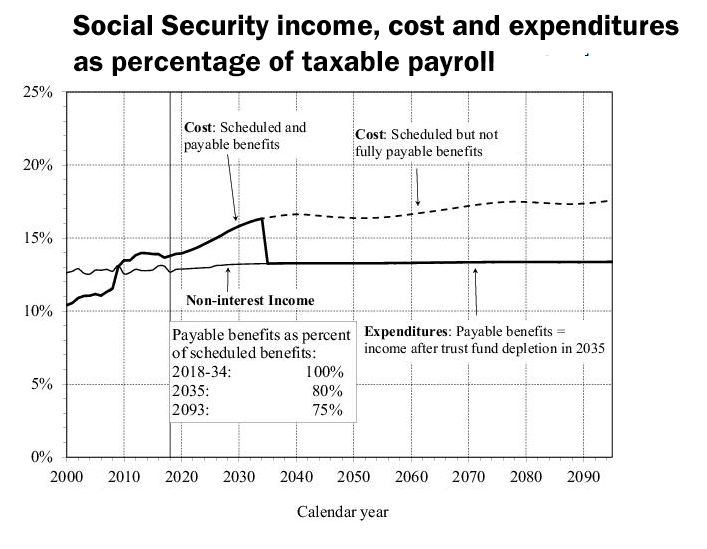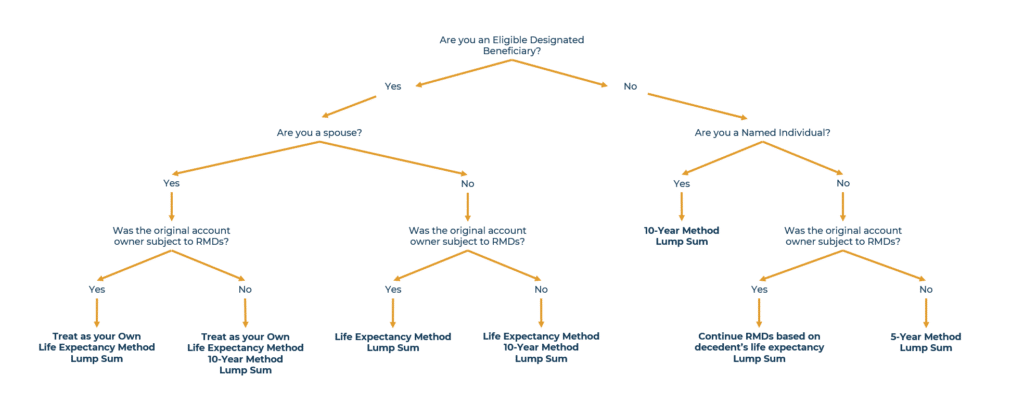
Financial planners who have successfully completed the CFP exam and completed the coursework required to earn the CFP designation. The exam is taken three time a year. It is available in March, July, August, and November. The exam is composed of 170 multiple-choice question. It is administered in two three-hour sessions and offered at more than 250 test centers.
How to get a cfp
CFP designation is a great option for anyone who wants to work in investment and financial planning. Many professions can benefit from this certification, including financial advisors, accountants, tax managers, insurance producers, and lawyers. Important to remember is that this certification is not a requirement for employment in the financial service industry.
The first step toward obtaining a CFP is to take an examination designed to measure your knowledge of the industry and how to apply it to real-world situations. The exam is divided into two, three-hour sessions and consists of 170-question multiple choice questions. Examinees need to take the time necessary to fully comprehend the material and to apply it in a practical situation.

Structure fee-and commission
You need to understand the fees and commission structure if you are interested in becoming a CFP. CFP Board requires that CFP professionals disclose clearly their compensation in the form of fees or commissions. This isn't the only thing to consider. CFP standards require that compensation labels accurately reflect all aspects of the relationship between advisor and client.
CFP professionals may have a relationship to businesses that pay them Sales-Related compensation. Goldfarb was referred to by a family member who owned a business that paid him commissions. He was not related to the company, but he did not refer clients to Goldfarb.
Training requirements
The CFP Board requires that CFP candidates have a minimum of three years of full-time experience in a related field. They also need two years of apprenticeship experience. Each role requires additional requirements. Candidates must also adhere to the CFP Board's standards of professional conduct, which include disclosing any criminal history. The CFP Board also performs extensive background checks on all candidates.
The CFP examination is a professional test that requires rigor. It is divided into 2 sections and administered in 3 hour sessions. It is generally proctored by a local university personnel. The exam takes about 10 hours and costs $925. The CFP exam covers all areas of financial planning. Questions include professional conduct, retirement planning, tax planning, estate planning and other related topics.

Exam content
CFP(r), the first step to becoming a Certified Financial Planner (CFP), is the CFP(r). Each section consists two subsections. The first subsection contains questions about the regulatory framework of financial planning. The second subsection focuses on the financial planning process. Students have the most difficulty passing questions regarding tax and retirement planning. CFP(r), passing or failing, is determined by the accuracy of the candidate's answers to at least five questions. You should therefore thoroughly read the material.
There are 170 multiple-choice questions in the exam. Many of the exam questions are based on cases. These case studies provide an example of a hypothetical scenario in which a client and his or her finances are involved. The case studies might include issues such divorce, child spend, business assets and insurance coverage.
FAQ
Who can help me with my retirement planning?
Many people consider retirement planning to be a difficult financial decision. This is not only about saving money for yourself, but also making sure you have enough money to support your family through your entire life.
Remember that there are several ways to calculate the amount you should save depending on where you are at in life.
If you're married you'll need both to factor in your savings and provide for your individual spending needs. If you're single you might want to consider how much you spend on yourself each monthly and use that number to determine how much you should save.
You could set up a regular, monthly contribution to your pension plan if you're currently employed. You might also consider investing in shares or other investments which will provide long-term growth.
Talk to a financial advisor, wealth manager or wealth manager to learn more about these options.
What is risk management and investment management?
Risk Management refers to managing risks by assessing potential losses and taking appropriate measures to minimize those losses. It involves identifying, measuring, monitoring, and controlling risks.
A key part of any investment strategy is risk mitigation. The goal of risk-management is to minimize the possibility of loss and maximize the return on investment.
The following are key elements to risk management:
-
Identifying the sources of risk
-
Monitoring and measuring risk
-
Controlling the Risk
-
Manage your risk
How to manage your wealth.
You must first take control of your financial affairs. Understanding your money's worth, its cost, and where it goes is the first step to financial freedom.
It is also important to determine if you are adequately saving for retirement, paying off your debts, or building an emergency fund.
If you fail to do so, you could spend all your savings on unexpected costs like medical bills or car repairs.
Statistics
- Newer, fully-automated Roboadvisor platforms intended as wealth management tools for ordinary individuals often charge far less than 1% per year of AUM and come with low minimum account balances to get started. (investopedia.com)
- These rates generally reside somewhere around 1% of AUM annually, though rates usually drop as you invest more with the firm. (yahoo.com)
- If you are working with a private firm owned by an advisor, any advisory fees (generally around 1%) would go to the advisor. (nerdwallet.com)
- US resident who opens a new IBKR Pro individual or joint account receives a 0.25% rate reduction on margin loans. (nerdwallet.com)
External Links
How To
How to invest your savings to make money
You can get returns on your capital by investing in stock markets, mutual funds, bonds or real estate. This is called investment. It is important to realize that investing does no guarantee a profit. But it does increase the chance of making profits. There are many options for how to invest your savings. Some of them include buying stocks, Mutual Funds, Gold, Commodities, Real Estate, Bonds, Stocks, and ETFs (Exchange Traded Funds). These methods are described below:
Stock Market
Stock market investing is one of the most popular options for saving money. It allows you to purchase shares in companies that sell products and services similar to those you might otherwise buy. You can also diversify your portfolio and protect yourself against financial loss by buying stocks. If the price of oil falls dramatically, your shares can be sold and bought shares in another company.
Mutual Fund
A mutual fund can be described as a pool of money that is invested in securities by many individuals or institutions. They are professional managed pools of equity or debt securities, or hybrid securities. The mutual fund's investment goals are usually determined by its board of directors.
Gold
It has been proven to hold its value for long periods of time and can be used as a safety haven in times of economic uncertainty. Some countries use it as their currency. Due to investors looking for protection from inflation, gold prices have increased significantly in recent years. The price of gold tends to rise and fall based on supply and demand fundamentals.
Real Estate
Real estate is land and buildings. You own all rights and property when you purchase real estate. To generate additional income, you may rent out a part of your house. You could use your home as collateral in a loan application. The home may be used as collateral to get loans. Before purchasing any type or property, however, you should consider the following: size, condition, age, and location.
Commodity
Commodities include raw materials like grains, metals, and agricultural commodities. Commodity-related investments will increase in value as these commodities rise in price. Investors who want the opportunity to profit from this trend should learn how to analyze charts, graphs, identify trends, determine the best entry points for their portfolios, and to interpret charts and graphs.
Bonds
BONDS are loans between governments and corporations. A bond can be described as a loan where one or both of the parties agrees to repay the principal at a particular date in return for interest payments. Bond prices move up when interest rates go down and vice versa. Investors buy bonds to earn interest and then wait for the borrower repay the principal.
Stocks
STOCKS INVOLVE SHARES of ownership within a corporation. Shares only represent a fraction of the ownership in a business. You are a shareholder if you own 100 shares in XYZ Corp. and have the right to vote on any matters affecting the company. Dividends are also paid out to shareholders when the company makes profits. Dividends are cash distributions paid out to shareholders.
ETFs
An Exchange Traded Fund or ETF is a security, which tracks an index that includes stocks, bonds and currencies as well as commodities and other asset types. Unlike traditional mutual funds, ETFs trade like stocks on public exchanges. The iShares Core S&P 500 eTF (NYSEARCA – SPY), for example, tracks the performance Standard & Poor’s 500 Index. This means that if you bought shares of SPY, your portfolio would automatically reflect the performance of the S&P 500.
Venture Capital
Venture capital is private financing venture capitalists provide entrepreneurs to help them start new businesses. Venture capitalists lend financing to startups that have little or no revenue, and who are also at high risk for failure. Venture capitalists invest in startups at the early stages of their development, which is often when they are just starting to make a profit.